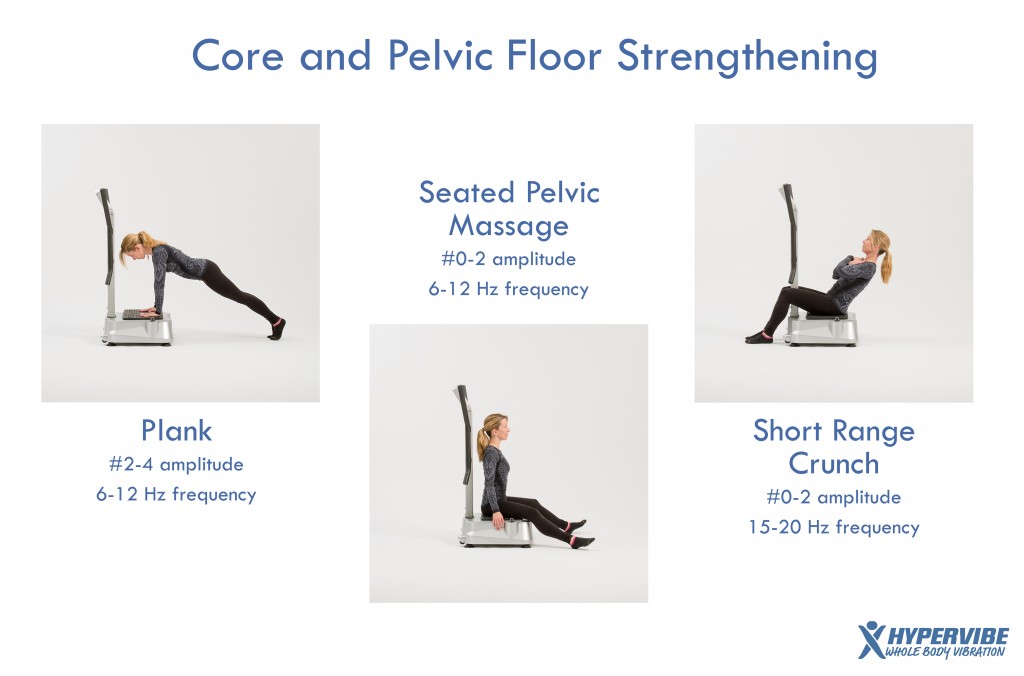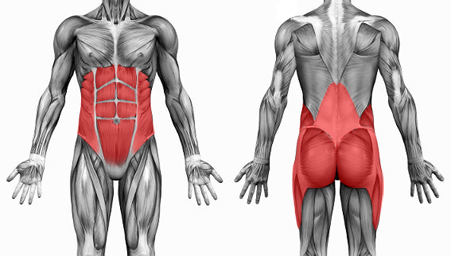Training Pelvic Muscles: Why and How Often?
The pelvic floor muscles aren’t usually listed among the muscle groups that are trained during a regular workout, although some of the common exercises can strengthen the pelvic floor as well. Wrapped around the underside of the bladder and rectum, these muscles prevent incontinence that usually develops after childbirth or with aging.
Why you should train the pelvic floor muscles
Just like the other muscles in the human body, the ones forming the pelvic floor get weaker as we age, and women who have had children are more likely to develop this problem earlier in life as giving birth puts extra pressure on this group of muscles.
Not training the pelvic floor can cause urinary incontinence, which means you become unable to control when you pass urine. This problem is very disturbing and unpleasant and interferes with your daily activities, affecting your social life and personal relationships at the same time.
Urinary incontinence can prevent you from exercising and performing physical activities, as strenuous exercise can cause small amounts of urine to leak out. Also, it can prevent you from engaging in intimate relationships and can affect your family life, leading to frustration and embarrassing moments.
All these can be prevented or minimized by strengthening the pelvic floor muscles through specific exercises. Exercising these muscles can help with improving your control over both bladder and bowel function, can speed up the recovery after childbirth, and reduce the discomfort during day-to-day activities. Also, it can reduce the risk of prolapse, speed up the recovery after prostate surgery in men, and increase your confidence and quality of life.
How to train the pelvic floor muscles
As with all the other muscles, the more often you train the pelvic floor, the stronger these muscles get, so exercises for the pelvic floor should be done regularly – preferably more than once a week.
Keeping your weight within the healthy range helps prevent stress incontinence, so besides training your pelvic floor you should focus on maintaining general fitness and doing your regular cardio and fitness workouts as well.
To properly train the pelvic floor you first have to identify those muscles correctly, so if you’re having difficulties identifying them, it’s good to ask for your physician’s help. Improving your bladder control and strengthening the pelvic floor muscles might take some time and learning until you manage to contract and relax them the right way and without help.
If you’re ashamed to discuss this problem with your physician, try to identify the pelvic floor muscles by yourself. Sit in a chair with your knees slightly apart and squeeze the muscles, as if you were trying to stop urine from passing. You should feel the pelvic floor muscles contracting when you do this exercise. Hold the contraction and count to five, then relax and repeat 3-5 times.
If the incontinence is severe and interfering with your daily activities, you should consider some alternative treatments, such as electrical stimulation, vaginal cones, or other devices. Electrical stimulation uses an electrical device for stimulating the contraction of the pelvic floor muscles and strengthening them.
Vaginal cones are small plastic cones that are inserted into the vagina for 15 minutes and force you to contract the pelvic floor muscles to keep the device in place. Biofeedback can also be used for incontinence, and it also involves inserting a small device into the vagina. The device makes a noise when you squeeze the correct muscles.
Finally, you can also try whole body vibration exercises, as these also force your muscles to contract and relax faster. Here you can find a series of movements for strengthening the pelvic floor and reducing or preventing incontinence.













